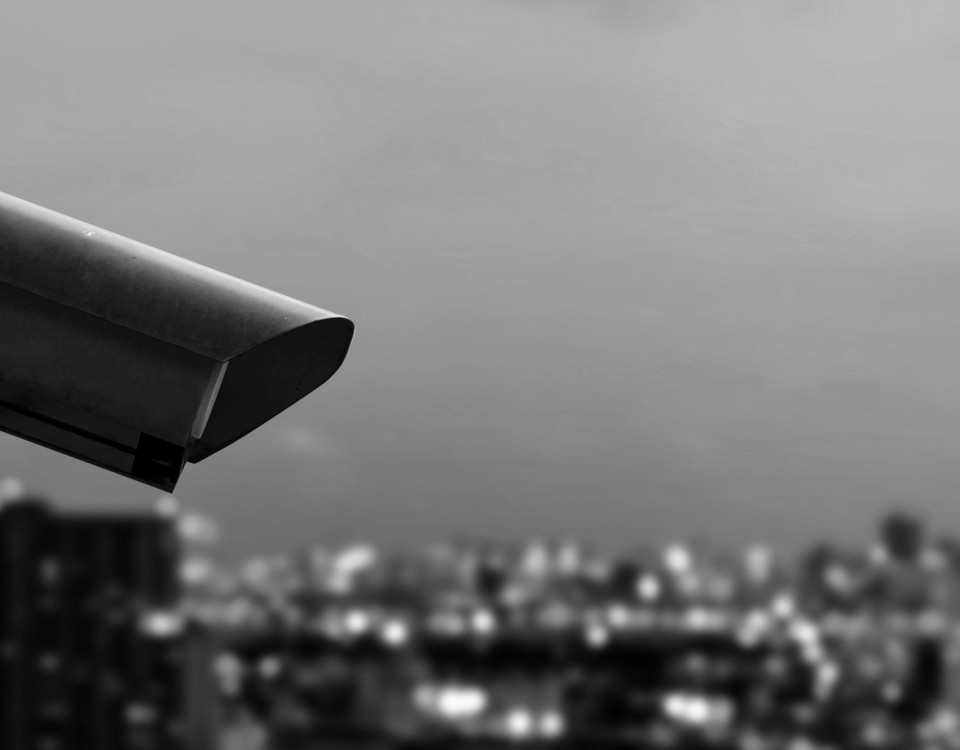People across asked to watch the skies on December 24th
24 December 2015icomply exhibits at the Security TWENTY 16 Midlands Conference & Exhibition
1 February 2016Paris Terror Attacks & Surveillance – In our best interest?
 The recent events in Paris a few weeks ago sent shock waves around the world. This was the latest in a series of terrorist attacks that have left communities across the globe reeling with both shock and grief.
The recent events in Paris a few weeks ago sent shock waves around the world. This was the latest in a series of terrorist attacks that have left communities across the globe reeling with both shock and grief.
Once again, the issue of safety and security on streets in major cities has become a major item on government agendas. Whilst ways of maintaining security may vary from city to city and from country to country, the need to ensure the safety of citizens remains paramount. One thing remains certain that CCTV will continue to play a key role in future plans. Nevertheless, there is still a need to ensure that in the rush to improve security the fine line between protecting communities and safeguarding the privacy of individuals continues to be respected. The way that authorities and other organisations record and store video material is central to maintaining this balance.
Following the terrorist attacks the international media focused its attention on Paris, and most reports dealt with the events sensitively and with respect for the victims and their families. However some stories may have wider implications for the CCTV industry. The Guardian published an item reporting that the British newspaper the Daily Mail had been accused that it paid €50,000 for a video of one of the terrorist attacks in Paris. This was CCTV footage of the moments leading up to and during the shootings at the Casa Nostra cafe. It showed video of a terrorist’s machine gun jamming as he tried to shoot one of the guests – thereby saving her life. The French Police wanted to prevent this material becoming public and encrypted the film. They also ordered that it should not leave the premises.
The Guardian picked up the story from a report on French television. Whilst a great deal of the report on Canal+ highlighted the way in which the Daily Mail had bought the film it also reported it was fully aware that it was effectively hacked from the encrypted material. Having bought the footage the original CCTV material from the cafe the Daily Mail’s reporters insisted it was destroyed to prevent any other media organisation getting hold of it.
The Daily Mail denied they knew the material had ever been encrypted or that they knew it should not leave the premises. In a statement, the newspaper said “There is nothing controversial about the Mail’s acquisition of this video, a copy of which the police already had in their possession. It was obtained against stiff competition from French and international media outlets and provided a vital perspective on a massive global news story.”
The Mail went on to say the publication of the video along with other footage that had emerged in the aftermath of the events in Paris was “demonstrably in the public interest.”
In the UK, the circulation or sharing of video material collected via CCTV is subject to strict guidelines covered by (amongst other laws) the Data Protection Act 1998. The organisation responsible for making sure that CCTV is used appropriately and that proper safeguards and governance about its use are in place is the Information Commissioner’s Office. In their latest code of practice for surveillance cameras and personal information the ICO outlines what it considers “good practice advice for those involved in operating CCTV and other surveillance camera devices” Part of the code deals with information collected by surveillance systems that can then be provided to the media. The new rules reinforce the difference between what is ‘In the public interest,’ and information of ‘general interest to the public.’
It is interesting to consider what the ICO would make of how the footage of the events at the Casa Nostra was used. Nevertheless it illustrates that the debate around security and privacy is set to continue for some time yet.

